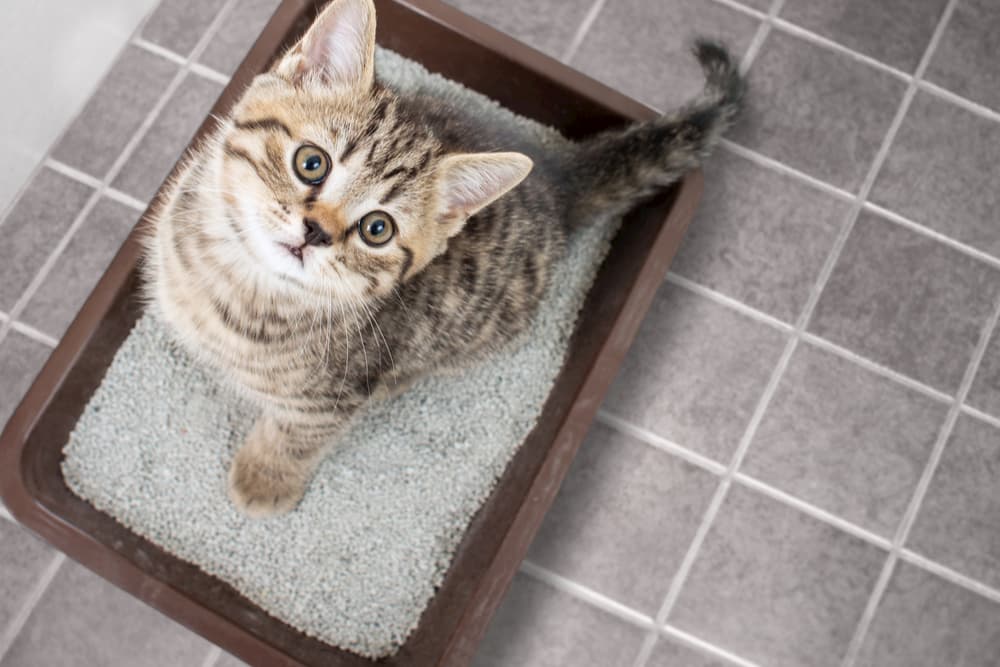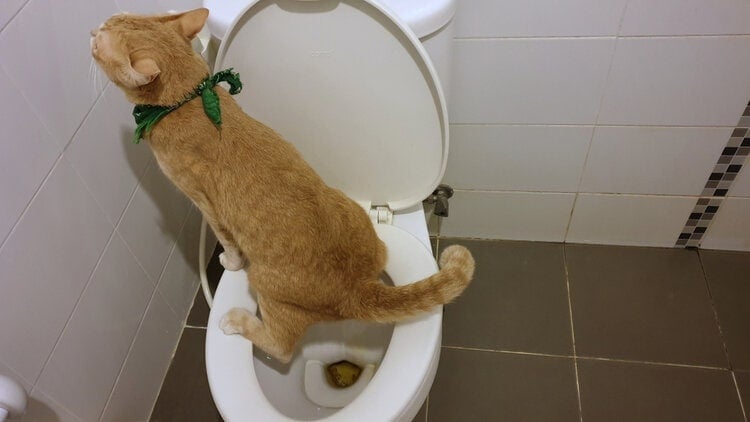Just how do you really feel about How to Dispose of Cat Poop and Litter Without Plastic Bags?

Intro
As feline proprietors, it's important to bear in mind how we take care of our feline buddies' waste. While it may seem hassle-free to purge pet cat poop down the toilet, this practice can have destructive consequences for both the atmosphere and human health.
Environmental Impact
Flushing cat poop introduces harmful virus and bloodsuckers into the supply of water, positioning a significant risk to marine ecological communities. These impurities can negatively influence aquatic life and compromise water quality.
Health and wellness Risks
Along with environmental issues, flushing feline waste can also posture wellness dangers to people. Cat feces may have Toxoplasma gondii, a parasite that can cause toxoplasmosis-- a potentially severe ailment, specifically for expectant women and people with damaged body immune systems.
Alternatives to Flushing
Luckily, there are more secure and a lot more liable means to dispose of cat poop. Think about the following alternatives:
1. Scoop and Dispose in Trash
The most typical approach of throwing away feline poop is to scoop it into an eco-friendly bag and throw it in the trash. Be sure to use a dedicated clutter scoop and get rid of the waste quickly.
2. Use Biodegradable Litter
Select biodegradable cat trash made from materials such as corn or wheat. These clutters are environmentally friendly and can be securely gotten rid of in the garbage.
3. Bury in the Yard
If you have a lawn, consider burying pet cat waste in a designated area away from veggie gardens and water sources. Make sure to dig deep adequate to stop contamination of groundwater.
4. Install a Pet Waste Disposal System
Invest in an animal garbage disposal system specifically developed for pet cat waste. These systems make use of enzymes to break down the waste, decreasing odor and environmental impact.
Conclusion
Accountable animal possession expands beyond offering food and shelter-- it likewise includes appropriate waste monitoring. By refraining from flushing pet cat poop down the toilet and selecting different disposal techniques, we can lessen our ecological impact and shield human wellness.
Why Can’t I Flush Cat Poop?
It Spreads a Parasite
Cats are frequently infected with a parasite called toxoplasma gondii. The parasite causes an infection called toxoplasmosis. It is usually harmless to cats. The parasite only uses cat poop as a host for its eggs. Otherwise, the cat’s immune system usually keeps the infection at low enough levels to maintain its own health. But it does not stop the develop of eggs. These eggs are tiny and surprisingly tough. They may survive for a year before they begin to grow. But that’s the problem.
Our wastewater system is not designed to deal with toxoplasmosis eggs. Instead, most eggs will flush from your toilet into sewers and wastewater management plants. After the sewage is treated for many other harmful things in it, it is typically released into local rivers, lakes, or oceans. Here, the toxoplasmosis eggs can find new hosts, including starfish, crabs, otters, and many other wildlife. For many, this is a significant risk to their health. Toxoplasmosis can also end up infecting water sources that are important for agriculture, which means our deer, pigs, and sheep can get infected too.
Is There Risk to Humans?
There can be a risk to human life from flushing cat poop down the toilet. If you do so, the parasites from your cat’s poop can end up in shellfish, game animals, or livestock. If this meat is then served raw or undercooked, the people who eat it can get sick.
In fact, according to the CDC, 40 million people in the United States are infected with toxoplasma gondii. They get it from exposure to infected seafood, or from some kind of cat poop contamination, like drinking from a stream that is contaminated or touching anything that has come into contact with cat poop. That includes just cleaning a cat litter box.
Most people who get infected with these parasites will not develop any symptoms. However, for pregnant women or for those with compromised immune systems, the parasite can cause severe health problems.
How to Handle Cat Poop
The best way to handle cat poop is actually to clean the box more often. The eggs that the parasite sheds will not become active until one to five days after the cat poops. That means that if you clean daily, you’re much less likely to come into direct contact with infectious eggs.
That said, always dispose of cat poop in the garbage and not down the toilet. Wash your hands before and after you clean the litter box, and bring the bag of poop right outside to your garbage bins.
https://trenchlesssolutionsusa.com/why-cant-i-flush-cat-poop/

Do you appreciate more info about Can You Flush Cat Poop Down The Toilet?? Place a short review down the page. We'd be pleased to see your feelings about this page. In hopes to see you back again later on. Feel free to take the time to distribute this blog if you liked it. Bless you for your time. Come back soon.
Call Today